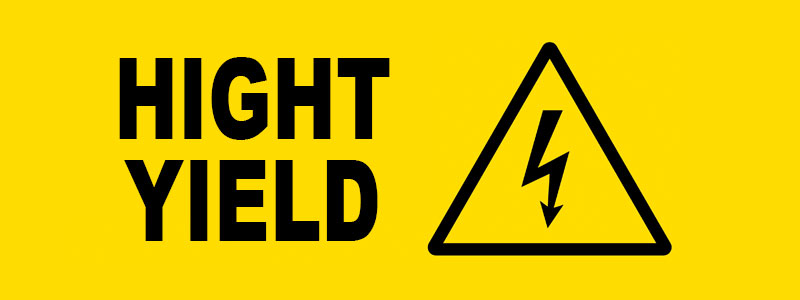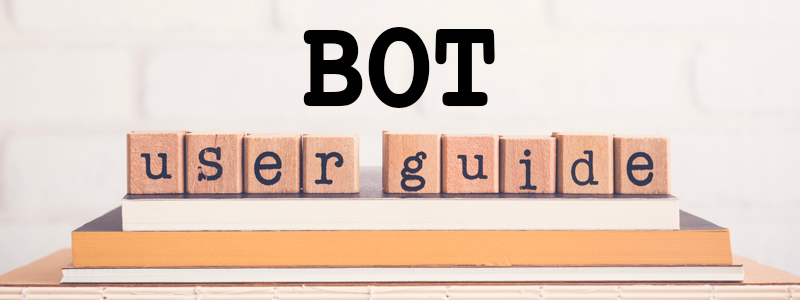
Often regarded as the “more prudent sisters” of stocks, bonds are one of the most well-known and recurring financial instruments in investment portfolios, even of the less experienced. In this article we will delve into several aspects of this instrument, and specifically clarify what bonds are and what their main characteristics are.
Let’s start with a simple definition: abond (in English “bond”) represents a debt security issued by private companies, states, or public entities for the purpose of raising finance from savers.
In other words, bonds are loans taken out by corpor ations (corporate bonds), governments (government bond) or supranational entities (supranational bonds) aimed at raising capital. These are true statements of credit whereby issuers promise to repay the amount borrowed on a set date and, at the same time, to pay a fixed interest rate over the term of the loan.
Here are some useful considerations about possible benefits and risk profiles.
1. Types of bonds
There are many different types of bonds. A first, broad classification distinguishes between ordinary and structured ones.
Ordinary bonds:
An ordinary bond is a debt security that gives the holder the right to receive repayment of the nominal principal at the bond’s maturity plus interest remuneration in the form of periodic coupons.
Ordinary bonds can be divided, in turn, between fixed-rate and floating-rate bonds.
- Fixed-rate bonds give the investor interest in a predetermined amount;
- Variable-rate bonds do not have a predetermined interest rate, but vary in relation to market rates. These types of bonds, all other things being equal, are safer because they offer yields that are always in line with market yields.
Structured bonds:
Structured bonds are financial investment instruments that provide for repayment of the principal invested at maturity, and allow the investor to benefit from a given performance of one or more underlying assets, to which the return on investment is linked.
2. The sketch of a bond
In contrast to the purchase of shares, where the saver becomes to all intents and purposes a shareholder of the company, by subscribing to a bond issue one instead becomes a creditor of the issuing party, who is in fact also the one who will benefit from the financing transaction.
On the financial viability of the issuer typically also depends the payment of interest and the return of invested capital to the subscriber.
The key feature of this mode of investment lies precisely in the fact that the subscriber to the bond is entitled, at a given fixed maturity, to the repayment of the principal amount lent, to which is added a series of other intermediate payments, paid through coupons, aimed at rewarding the investor for temporarily giving up his or her savings and for the risks he or she has assumed.
A key role is played by rating agencies. These companies specialize in evaluating different issuers to which they give a true credit rating. The reliability of the bond issuer is therefore one of the key elements of bond investing: the more reliable a company is, the lower the risk for the saver of not having his or her credit honored.
In addition, the longer the saver lends his or her money, the greater the payment that will have to be made by the issuer. It then takes the name of maturity the term of the bond loan, that is, the deadline by which the issuer must repay the borrowed money.
Depending on the maturity, therefore, short-, medium-, and long-term bonds will be distinguished: typically, the longer the time to subscribe to the bond, the greater the risks of the investment but also the more interest that will be paid at the end of the transaction (another reason why it is possibly essential to assess the issuer’s soundness over the long term).
Thus, the main criteria to consider when choosing the right bond for your investment will be:
- Issuer rating;
- The percentage of interest paid by coupon;
- The maturity of the bond;
- The currency of issue.
3. How to buy a bond ?
To invest in bonds, one must have an investment account with a bank or financial brokerage firm.
It is possible to purchase the bonds:
- In the primary market, or at the time of issuance. As for BTp, only authorized financial intermediaries (banks and investment companies) can participate in the auctions. Savers can buy BTps at a time after they are issued on the MOT, again through an intermediary;
- On the secondary market, or “on the exchange,” that is, buying at a time after placement. Here bonds can be sold even before maturity.






